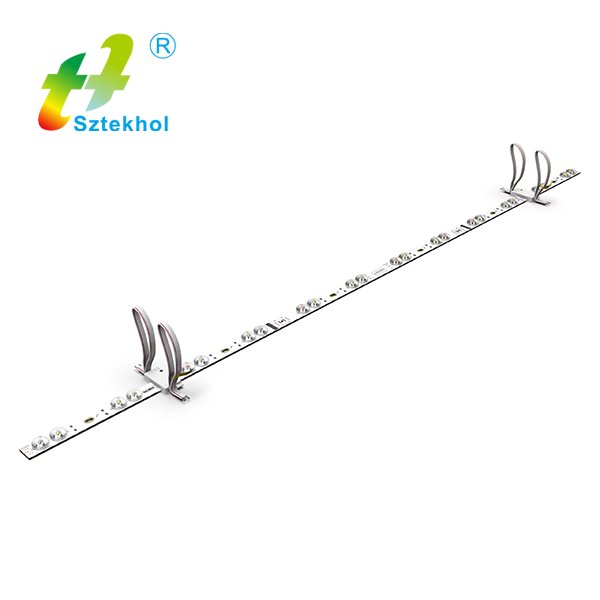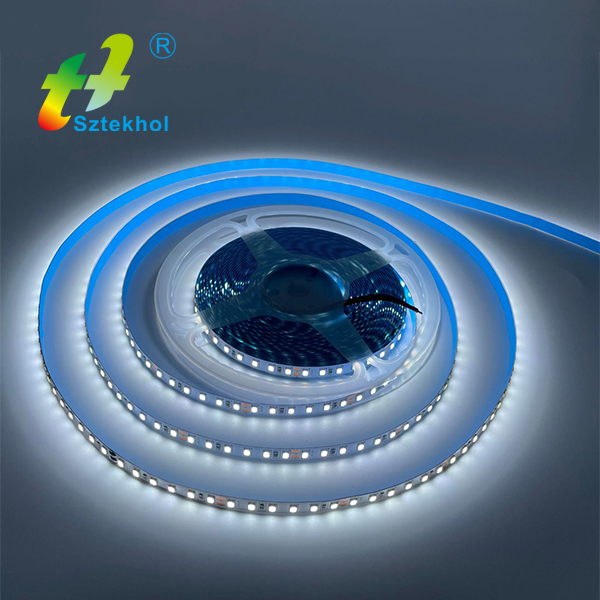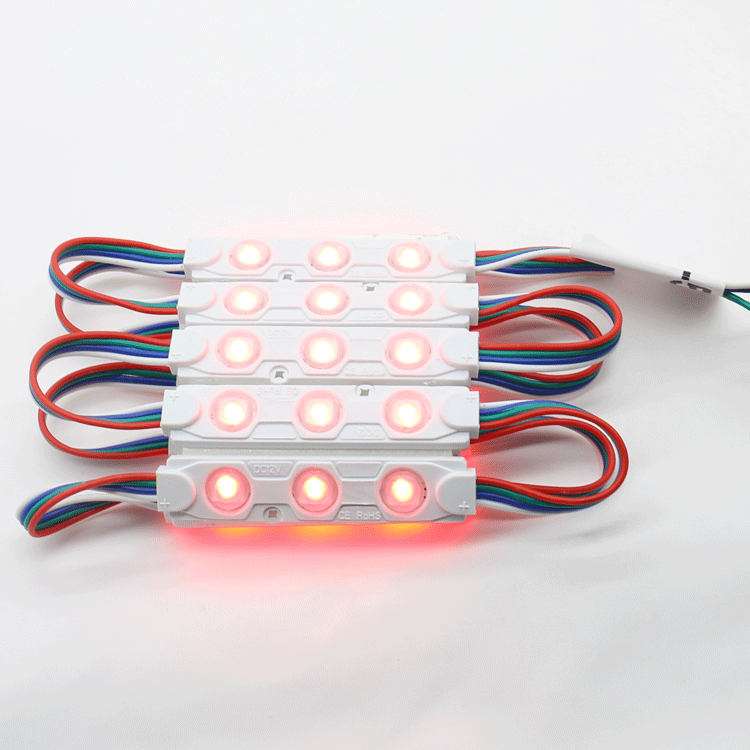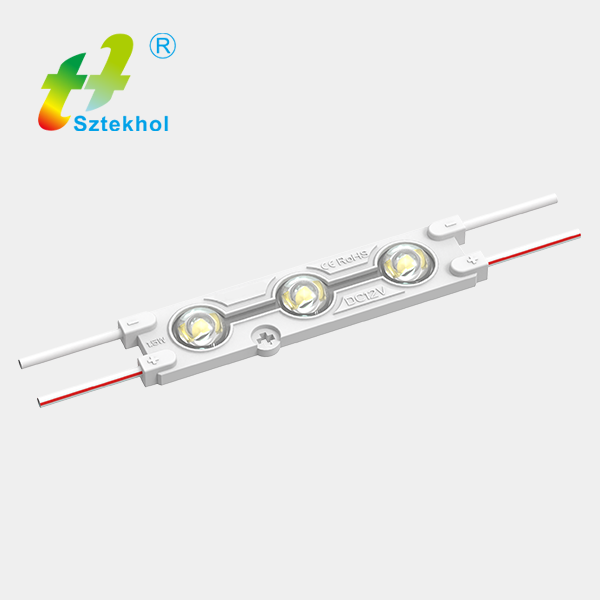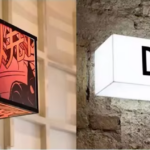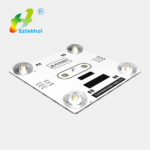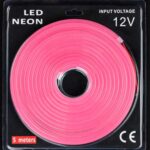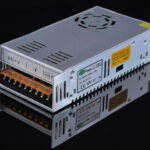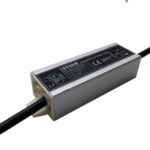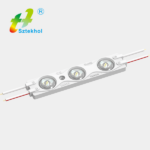LED switching power supplies are small in size and easy to install. They are widely used in LED sign lighting, lighting, light box lighting, industrial and home lighting, and other applications. According to different use environments, LED switching power supplies are waterproof, rainproof, and ordinary. Waterproof power supplies are mainly used in outdoor, humid places, water and other places with high humidity. Rainproof power supplies are mainly used in outdoor lighting, building lighting, road night scene lighting, etc.
LED power supply is a device that provides power to electronic equipment, also known as a power supply. The following is a detailed introduction to LED power supply:
1. Working principle
LED power supply converts alternating current (AC) into direct current (DC) through a transformer and a rectifier. This device is called a rectifier power supply, also called a driving power supply. LED has two requirements for power supply: first, the output voltage is required to be greater than the conduction voltage of the LED, and second, the working current is required to be stable and cannot be greater than the rated current of the LED, otherwise the LED will quickly age and damage. Therefore, the power supply used by LED must have a constant current function.
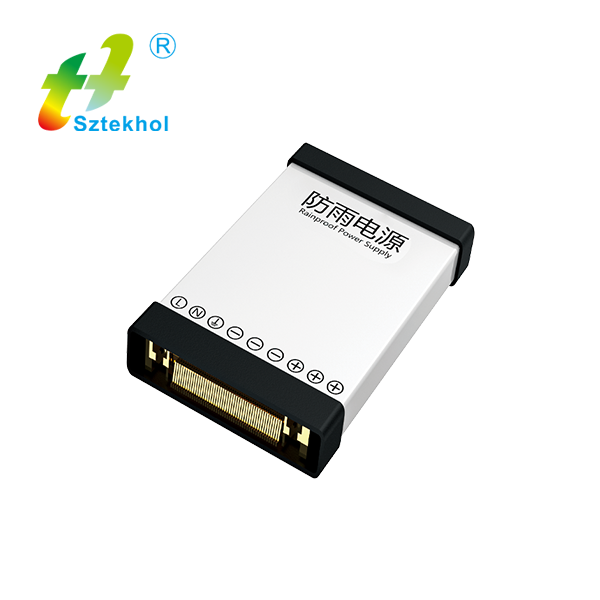
2. Main features
High reliability: For LED power supplies installed in places that are not easy to repair (such as high altitude), high reliability is particularly important.
High efficiency: LED is an energy-saving product, and the efficiency of the driving power supply should be high. High-efficiency power supply consumes less power and generates less heat, which is conducive to delaying the light decay of LED.
High power factor: Power factor is the requirement of the power grid for the load. For LED driving power supplies with higher power, the power factor needs to meet certain index requirements.
Multiple driving modes: There are generally two driving modes at present. One is that the constant voltage source supplies multiple constant current sources, and each constant current source supplies power to each LED separately; the other is direct constant current power supply, and the LED runs in series or parallel.
Surge protection: LED has poor surge resistance, especially reverse voltage resistance. Therefore, LED power supply needs to have the ability to suppress surge intrusion and protect LED from damage.
Other protection functions: In addition to the conventional protection functions, the power supply can also add LED temperature negative feedback in the constant current output to prevent the LED temperature from being too high.
3. Classification
According to the power supply voltage: high voltage AC85-265V, low voltage 1.5-36V.
According to the power supply mode: constant voltage source and constant current source.
According to the isolation relationship between input and output, it can be divided into: isolated power supply and non-isolated power supply.
According to the relationship between input voltage and output voltage, it can be divided into: boost type, buck type, buck-boost type, etc.
4. Application
LED cannot use the power supply directly like traditional light sources. It needs a driving circuit to convert the power supply into DC current to work. The type and structure of the LED driving circuit are related to the type of power supply, which is usually divided into two categories: DC power supply and AC power supply. LED power supply is widely used in various LED lamps, display screens, indicator lights and other occasions.
5. Certification and Standards
High-quality LED power supplies generally have multi-national certification marks such as FCC, UL of the United States and China Great Wall. These certifications are professional standards formulated by certification agencies for power supplies based on technical specifications in the industry, including production processes, electromagnetic interference, safety protection, etc. Products that meet certain indicators can use certification marks on packaging and product surfaces only after they have been declared and certified.
In summary, as an important part of LED lamps and other equipment, LED power supply has many characteristics and classification methods, and is widely used in various occasions. When selecting and using it, it is necessary to make comprehensive considerations based on specific needs and scenarios.

